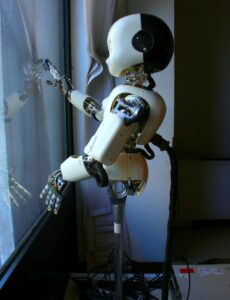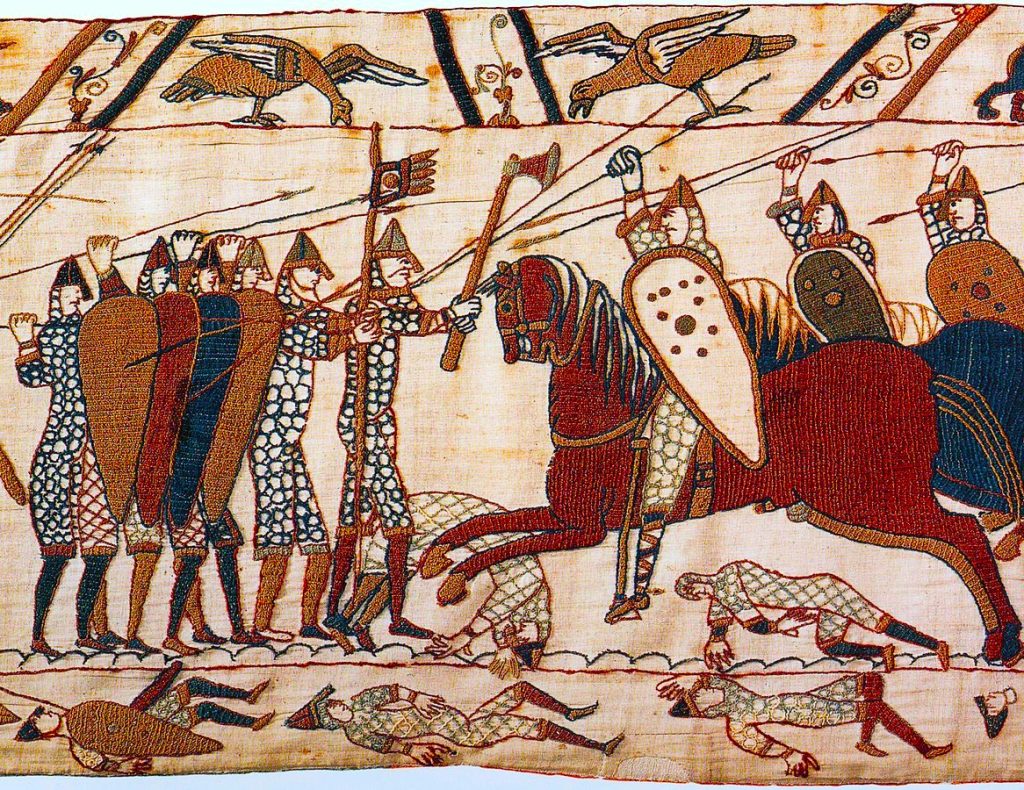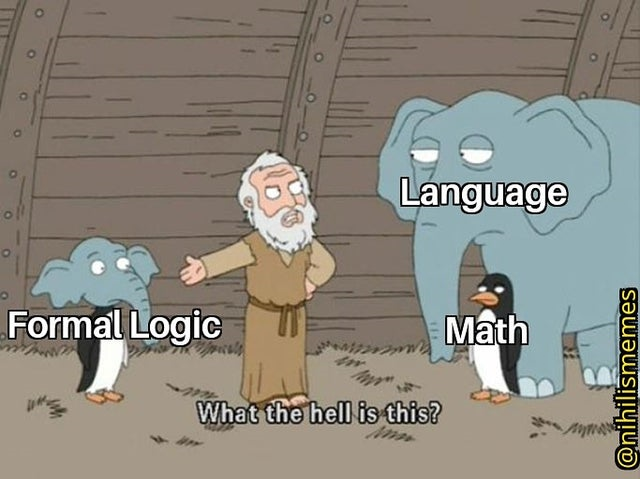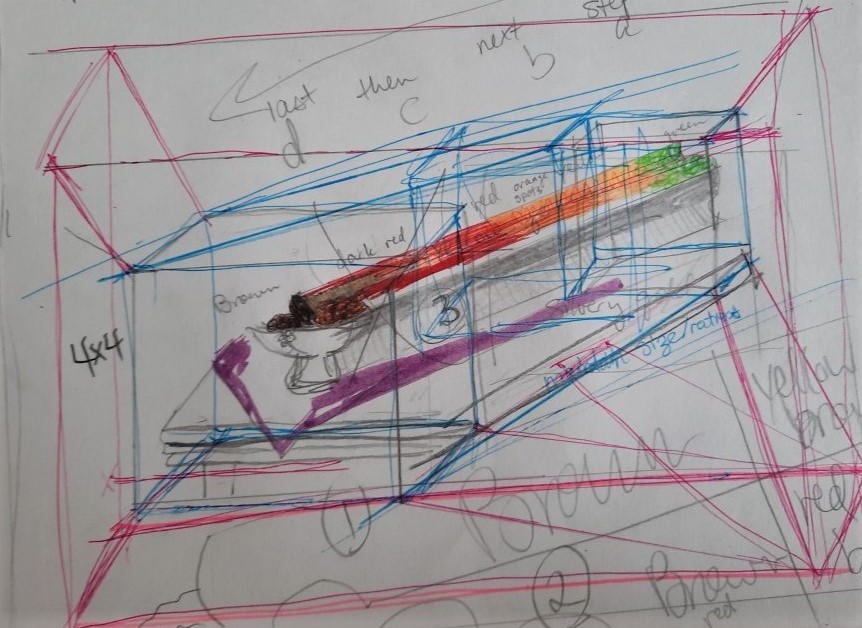Now that its semantic baggage has been disposed of, as suggested in Themes in Postmetaphysical Thinking by Jürgen Habermas, it’s time to rekindle our study of metaphysics. Going back to basics then, we can reconceptualize the word ‘metaphysics’ by thinking about what ‘meta’ actually means. A quick search on dictionary.com provides this definition: “pertaining to or noting an abstract, high-level analysis or commentary, especially one that consciously references something of its own type.” Given this, ‘metaphysics’ can be thought of as “the physics of physics” and since physics essentially just boils down to mathematics, can we not conclude that metaphysics is just more math? Furthermore, if physics aims to articulate patterns of cause-and-effect as observed in the natural world, ‘metaphysics’ then pertains to the field of study about the causal relations between these observed mathematical principles. All in all, rather than discussing entities, we ought to be discussing processes as they exist within and between physical systems.
Just as a quick note, however, I believe this idea originates in structural realism, specifically ontic structural realism (OSR), which suggests that the universe is made up of relations rather than entities like quarks and hydrogen atoms (Ladyman). The beauty of OSR is that the relata themselves exist as relations, albeit at a lower physical level. The energy produced by the Big Bang is what instigates the processes which gives rise to these structures, culminating into the reality we aim to measure in the sciences.
Now, I’m going to go out on a limb here, so bare with me. While Hegelian Dialectics aim to articulate an epistemic or cognitive process of comparing “opposing sides” or perspectives to uncover emergent products, in the form of ideas (Maybee), perhaps this notion can be extended to the physical world too. We know that as physical systems interact, the emergent phenomena is unlike anything present within the underlying components, as identified by Jaegwon Kim in Making Sense of Emergence (Kim 20–21). While Hegel appeals to a “thesis” and an “antithesis”, we can think of these as different systems interacting to produce novel effects. It is this process of combining, configuring, and rearranging elements within each “side” or system which can be considered metaphysical.
The idea of “magic” is just this: effects with obscure physical origins that are not immediately apparent to the observer. The example I appeal to is John Nash’s game theory which identifies how the cooperation between two individuals results in outcomes that are unlike those produced when agents operate separately. Nash identified a regularity within physical systems, namely humans, that produces an effect that is greater than the sum of its parts. Additionally, while game theory is theoretically subsumed by physics, insofar that it is a part of our physical world, the way it is articulated is through mathematics and procedures, rather than existing as an entity like an atom.
Although currently, there doesn’t seem to be much philosophical consensus on the metaphysical problem of the mind/consciousness, this issue can be resolved by naturalizing the works of Sartre and Merleau-Ponty. As biological creatures improved their sensorimotor capacities through [natural/sexual/etc.] selective processes, the brain evolved new ways of solving problems produced by aspects of the environment. By turning back to reflect on itself as an embodied agent, individuals become aware of their relative position in their environment and perhaps their life as an unfolding process. From phenomenal consciousness emerged access consciousness, and through similar reflexive processes, a wider “cosmic” consciousness will likewise spread throughout humanity. Once we realize what and where we are, we can understand how this relates to others, allowing individuals to see beyond their own needs and desires to act in the interest of others or the group. Through this cooperation, we all benefit by looking out for one another, just as game theory predicts. To do this, however, one must cultivate a self-awareness which facilitates the ability to speculate about other minds and the ways in which others may perceive the world.

Works Cited
Kim, Jaegwon. ‘Making Sense of Emergence’. Philosophical Studies: An International Journal for Philosophy in the Analytic Tradition, vol. 95, no. 1/2, 1999, pp. 3–36.
Ladyman, James. ‘Structural Realism’. The Stanford Encyclopedia of Philosophy, edited by Edward N. Zalta, Winter 2020, Metaphysics Research Lab, Stanford University, 2020. Stanford Encyclopedia of Philosophy, https://plato.stanford.edu/archives/win2020/entries/structural-realism/.
Maybee, Julie E. ‘Hegel’s Dialectics’. The Stanford Encyclopedia of Philosophy, edited by Edward N. Zalta, Winter 2020, Metaphysics Research Lab, Stanford University, 2020. Stanford Encyclopedia of Philosophy, https://plato.stanford.edu/archives/win2020/entries/hegel-dialectics/.










